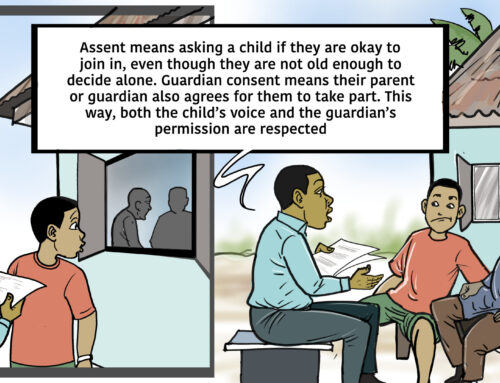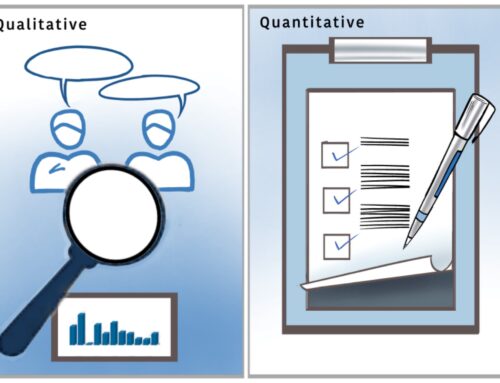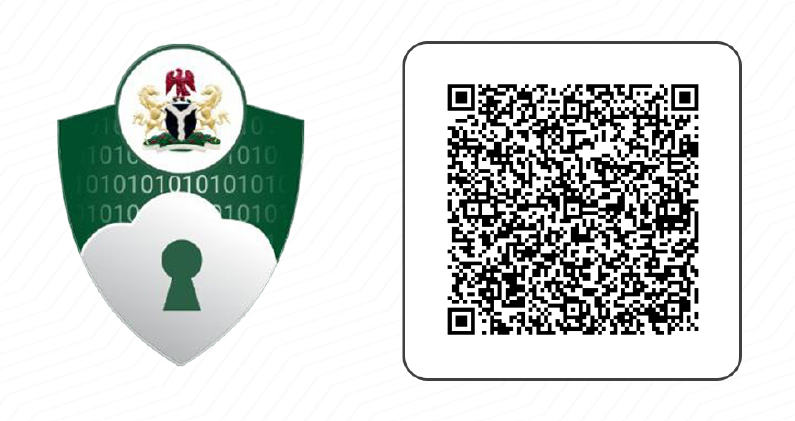Introduction
HIV/AIDS remains a major global public health challenge, with Sub-Saharan Africa bearing the highest burden. In 2023, 39.9 million people were living with HIV globally. To address this, U.S. initiatives such as PEPFAR (President’s Emergency Plan for AIDS Relief) have been instrumental in supporting countries like South Africa and Nigeria, especially through access to antiretrovirals (ARVs), pre-exposure prophylaxis (PREP), and post-exposure prophylaxis (PEP). This review investigates the public health implications of the U.S. government’s January 20, 2025, suspension of foreign aid, focusing on South Africa and Nigeria.
HIV/AIDS Epidemiological Trends in South Africa and Nigeria
South Africa has the highest HIV burden globally, with 7.8 million people living with HIV (PLHIV) and an adult prevalence of 19.6%. Nigeria, while having a lower prevalence (1.3%), has 1.8 million PLHIV due to its large population. In South Africa, new infections and deaths peaked in 2005 but declined significantly by 2023 due to PEPFAR support. Nigeria experienced similar trends, with infection and death rates peaking between 1999 and 2005 and improving by 2023 due to increased funding and intervention efforts.
Overview of the Contributions of the United States (U.S.) Foreign Aid in the Fight Against HIV/AIDS in South Africa and Nigeria
The U.S., through PEPFAR, has committed over $110 billion globally since 2003, with a significant portion allocated to Africa. South Africa received $8 billion and Nigeria $6 billion from PEPFAR, supporting ART coverage, healthcare infrastructure, and prevention initiatives. PEPFAR efforts also include DREAMS for adolescent girls, voluntary male circumcision, and integration of TB and HIV programs. In both countries, PEPFAR has helped reduce new infections, expand ART access, and support critical services for vulnerable populations.
The January 20, 2025, U.S. Government Foreign Aid Suspension
On January 20, 2025, the new U.S. administration enacted an Executive Order (EO) suspending all foreign aid for 90 days to reassess alignment with the “America First” agenda. Although some emergency programs received temporary waivers (e.g., maternal health, PMTCT), key HIV prevention initiatives, including PREP and non-emergency PEP programs, were halted. The temporary waiver allowed limited continuation of lifesaving HIV services under strict oversight, but widespread uncertainty and implementation freezes disrupted service delivery globally.
Impact of the Foreign Aid Suspension on Ongoing HIV/AIDS Prevention Initiatives
The 90-day aid suspension severely disrupted HIV/AIDS programs in both countries:
- South Africa: Clinics closed, health workers were laid off, and organizations like Engage Men’s Health and Wits RHI halted services. Vulnerable populations, including MSM and transgender people, were most affected. Programs in 27 high-burden districts were disrupted.
- Nigeria: Suspension threatens PMTCT, PREP, and PEP availability, ART distribution, and testing services. It risks resistance due to treatment interruptions and increases in maternal-to-child transmission. Healthcare workers and infrastructure also suffered setbacks, mirroring past partial funding cuts.
Comprehensive Public Health Impacts of the U.S. Foreign Aid Suspension
- Disruption of ARV supply and reduced access to PREP and PEP increases HIV transmission risk.
- Treatment interruptions can lead to drug resistance and higher mortality.
- PMTCT services, maternal health, and TB/HIV co-infection management are jeopardized.
- Healthcare systems are overburdened, and public health education efforts are undermined.
- Increased stigmatization and reduced testing exacerbate the HIV epidemic.
- Vulnerable populations, especially in rural or underserved areas, are at greatest risk.
Mitigation Strategies to Be Adopted by South Africa and Nigeria
- South Africa:
- Expand universal healthcare through the new National Health Insurance Act (NHI).
- Increase domestic ARV production and reduce import dependency.
- Use legal reforms and CSO participation for bottom-up HIV response.
- Nigeria:
- Increase health budget allocations.
- Adopt social health insurance schemes.
- Invest in local ART production and health supply chains.
- Engage religious and community stakeholders in funding and awareness.
Recommendations for Ensuring a National Widespread Availability and Adherence of HIV Initiatives
- South Africa:
- Expand public awareness and reduce stigma through education.
- Reduce costs and increase accessibility to PREP and PEP.
- Build sustainable, non-U.S.-dependent HIV prevention frameworks.
- Nigeria:
- Boost NHIS and encourage private sector/NGO partnerships.
- Localize ART manufacturing.
- Integrate HIV services into primary healthcare.
- Collaborate with global donors (e.g., WHO, Global Fund, Gates Foundation).
- Strengthen monitoring frameworks for transparency and effectiveness.
Key Findings and Recommendations
- The U.S. foreign aid suspension endangers HIV/AIDS gains in Nigeria and South Africa.
- Programs like PEPFAR are central to testing, prevention, and treatment services.
- Withdrawal impacts include increased infections, health system strain, and job losses in health sectors.
- National governments must adopt resilient, diversified health funding models.
- Local ARV production and integration of HIV care into primary health systems are critical.
- Robust policy frameworks, stakeholder collaboration, and transparent fund management are essential for sustainability
Epilogue
While the review was being concluded, in February 26 2025 all USAID and PEPFAR initiatives in South Africa were permanently terminated. This development could not be included in this review and analysis. The final termination of USAID funding for HIV organizations in South Africa by the Trump’s administration will result in the shutdown of critical programs. This experience strengthens our recommendation on the importance of sustainable and resilient healthcare systems in the face of geopolitical uncertainties. As the global health landscape continues to evolve, the lessons from this episode will remain crucial for policymakers navigating the complex interplay between politics, aid, and public health.
You can find an earlier summary of this paper published at https://www.mdpi.com/2673-4060/6/2/74

About the Author
Dr. Samuel Chima Ugbaja (popularly known as Dr. Sparkle) is a seasoned public health researcher with over a decade of experience in environmental chemistry, medical biochemistry, and global health policy. He holds a PhD in Medical Biochemistry from the University of KwaZulu-Natal, South Africa, an MSc in Environmental Chemistry from the University of Lagos, and a BSc in Applied Chemistry from the University of Calabar.
Dr. Ugbaja currently serves as a Postdoctoral Research Fellow in the Discipline of Traditional Medicine at the University of KwaZulu-Natal, where he contributes to health systems research and pharmaceutical development. He has also worked with the African Health Research Institute (AHRI), supporting initiatives like the African Population Cohorts Consortium (APCC), which focuses on health data and public health surveillance across Africa.
He has authored over 30 academic papers and actively engages in discussions around sustainable health financing and the geopolitical implications of donor aid withdrawals on HIV/AIDS interventions, particularly in Sub-Saharan Africa.





